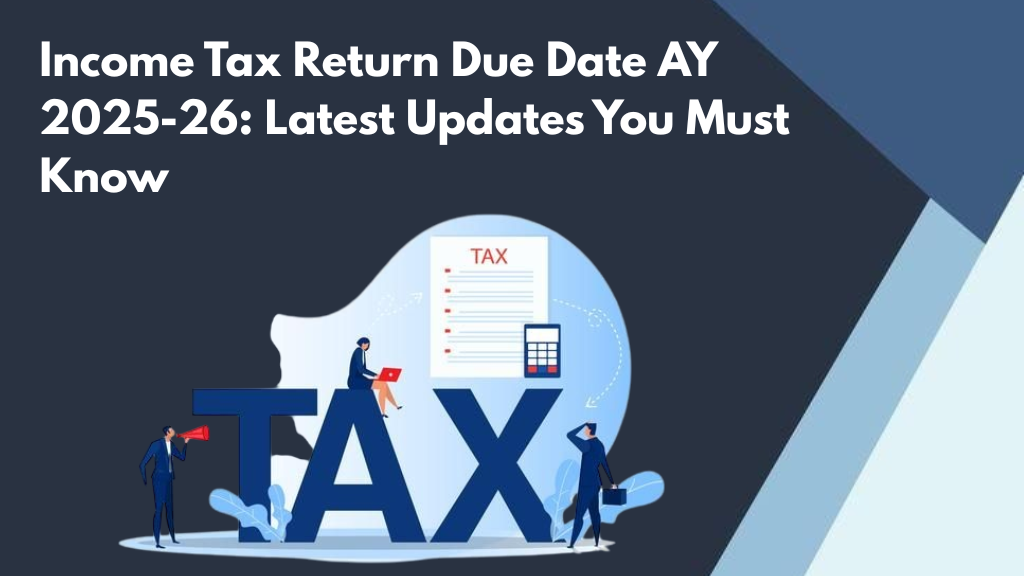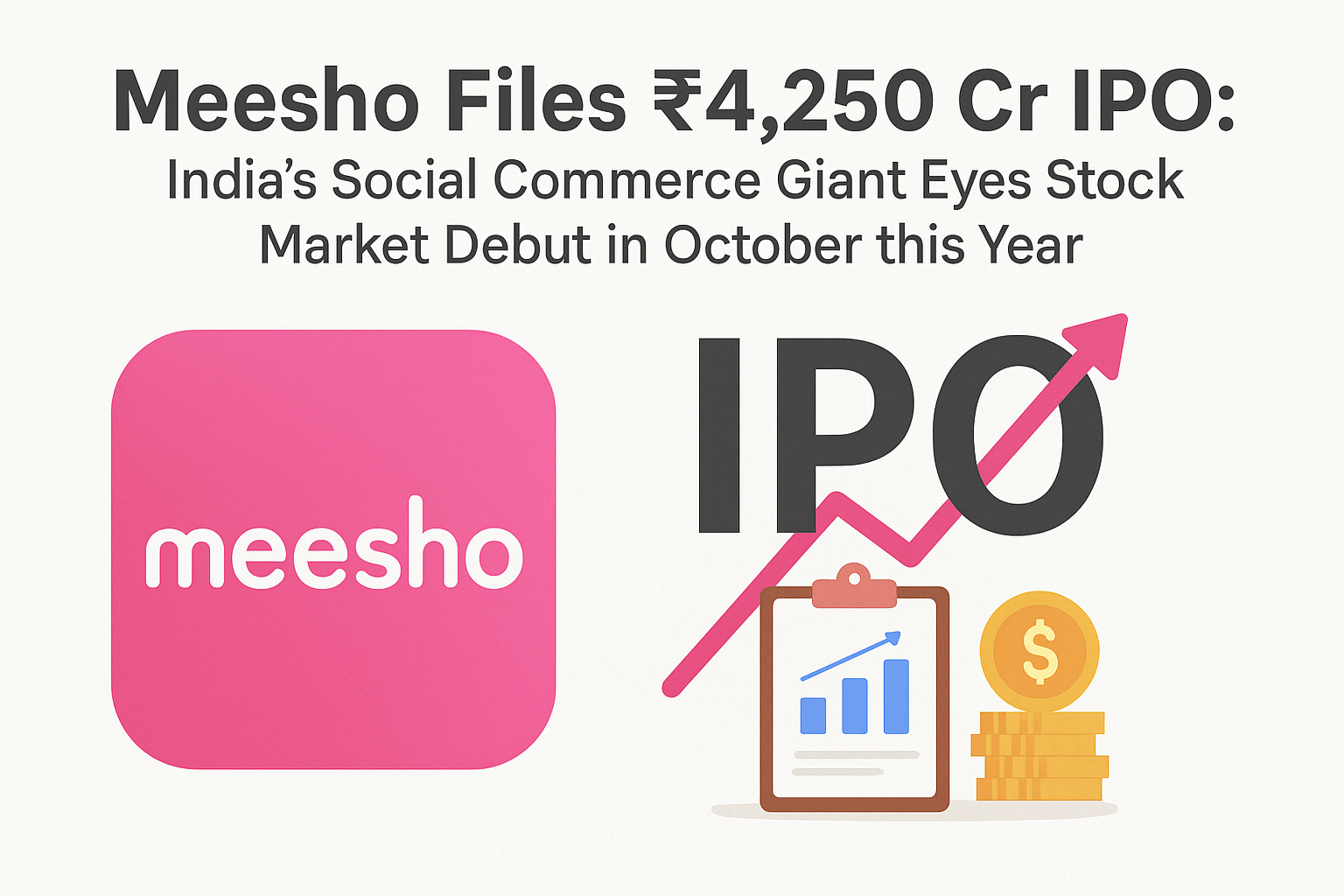How to buy Bitcoin
How to Buy Bitcoin: Your Ultimate Step-by-Step Guide
For millions of people around the world, Bitcoin has become the gateway into the fascinating — and sometimes confusing — world of crypto. You’ve probably heard stories of people who invested early and became millionaires, or maybe you’re simply curious about diversifying your savings into a digital asset that isn’t controlled by any government or bank.
Yet, even in 2025, the question “How do I actually buy Bitcoin?” still trips people up. Between wallets, exchanges, blockchains, and private keys, it can feel intimidating at first. But don’t worry — once you break it down, buying Bitcoin can be as easy as using any other online payment system. This guide walks you through everything, from what Bitcoin really is to how to buy, store, and protect it safely.
What is Bitcoin, Really? Understanding Before You Buy
Before you open an app and hit “buy,” it’s worth pausing for a moment to understand exactly what you’re investing in. Bitcoin isn’t like a company stock, where you own a share of a business. It’s not like a physical coin you can hold in your hand either. Instead, Bitcoin is a form of digital money that runs on its own network, a blockchain, which is a type of distributed ledger.
This ledger keeps track of every Bitcoin transaction ever made, on thousands of computers all over the world. This is what makes Bitcoin decentralized — no bank, government, or single authority controls it. Every transaction is verified by a network of miners or validators. This system makes it extremely difficult to cheat or spend the same Bitcoin twice.
When you buy Bitcoin, what you’re really getting is access to a unique record on that blockchain, secured with cryptographic keys. And don’t worry — you don’t have to buy an entire Bitcoin. Each one can be split into 100 million tiny units called satoshis, so you can buy as little as $10 worth if that’s all you want to start with.
Business News
Step 1: Find a Trustworthy Exchange
Most people buy their first Bitcoin through a crypto exchange, which acts a bit like a stock trading app but for digital currencies. These platforms connect buyers and sellers, set market prices, and handle the secure transfer of Bitcoin once you’ve paid.
It’s critical to choose an exchange that’s reputable, regulated in your country if possible, and known for good customer service. Some of the most popular names globally include:
- Coinbase: Extremely user-friendly, especially for beginners. They also provide educational content.
- Kraken: Strong on security and supports a wide range of coins.
- Binance: Known for low fees and high liquidity but can feel overwhelming for total beginners.
- Gemini: Offers a sleek user experience and solid security.
Many countries also have local exchanges that connect directly to your bank in your local currency. Always read reviews and make sure the platform has robust security features, like two-factor authentication and cold storage for funds.
Step 2: Create an Account and Verify Your Identity
Once you’ve picked your exchange, you’ll need to create an account. This is pretty much like signing up for online banking. Be ready to share:
- Your name, email, and phone number.
- A government-issued ID (passport, driver’s license, or national ID).
- Sometimes a selfie for verification.
This process is called KYC — Know Your Customer, and it’s legally required in most countries to prevent fraud and money laundering. Some people feel uneasy sharing personal details with an exchange, but regulated platforms have strict security standards to protect your information.
Step 3: Fund Your Account
After your account is verified, you’ll need to deposit funds so you can buy Bitcoin. Most exchanges accept:
- Bank transfers: Often the cheapest, but they can take a few days.
- Debit or credit cards: Faster, but usually higher fees.
- Bank transfers: Often the cheapest, but they can take a few days.
- Debit or credit cards: Faster, but usually higher fees.
Be sure to check the fees — they can add up, especially on small purchases. For example, buying $50 worth of Bitcoin with a credit card might cost you an extra 3–5% in processing fees.
Step 4: Place Your First Bitcoin Order
With money in your account, you’re ready to place your order. There are two main ways to do this:
✅ Market Order
This means you buy Bitcoin instantly at the current price. It’s simple and quick, but the price can fluctuate slightly while your order goes through.
✅ Limit Order
Here you choose the price you’re willing to pay. If Bitcoin’s market price drops to that level, your order gets filled. This is good if you want more control over price, but there’s no guarantee it will go through.
Most beginners start with a market order because it’s straightforward. You can always experiment with limit orders as you get comfortable.
Step 5: Move Your Bitcoin to Your Own Wallet
Here’s a crucial but often overlooked step: if you leave your Bitcoin sitting on an exchange, you don’t fully control it. If the exchange is hacked, freezes withdrawals, or shuts down, you could lose access to your coins.
The safer approach is to move your Bitcoin to your own wallet. Think of your wallet as your personal safe, secured with special keys only you hold.
Hot Wallets vs Cold Wallets: What’s the Difference?
When it comes to wallets, you’ll hear two main types:
- Hot Wallet: This is software that stays connected to the internet — a mobile app, desktop app, or browser extension. Examples include Trust Wallet, Exodus, or the built-in wallet on some exchanges. Hot wallets are easy to use for everyday spending or trading small amounts, but they’re more vulnerable to hacks.
- Cold Wallet: This means storing your Bitcoin offline, like on a hardware device (Ledger or Trezor) or even a piece of paper with your private keys. Cold wallets are the gold standard for security because hackers can’t reach them online. Many serious investors keep most of their Bitcoin in cold storage and only transfer small amounts to a hot wallet when needed.
Understanding Private Keys: “Not Your Keys, Not Your Coins”
This phrase is crypto gospel for a reason. Your wallet generates a private key — a unique string of letters and numbers that proves you own your Bitcoin. If someone else gets that key, they can steal your coins. If you lose it, there’s no “password reset” — your Bitcoin is gone forever.
Always back up your wallet’s seed phrase, which is usually a list of 12 or 24 words. Write it down, store it offline in a safe place (or multiple places), and never share it with anyone.
Step 6: How Much Should You Buy?
The beautiful thing about Bitcoin is its flexibility. You don’t need to drop thousands of dollars at once. Many people choose to dollar-cost average (DCA) — buying a small, fixed amount regularly, like $50 every week. This smooths out price swings and avoids the stress of trying to “time the market.”
Business News
Step 7: Stay Informed and Secure
Crypto moves fast. Prices can swing wildly, regulations evolve, and scams pop up all the time. Protect yourself by:
✅ Using strong, unique passwords for your exchange and wallet
✅ Enabling two-factor authentication (2FA)
✅ Keeping your software up to date
✅ Double-checking URLs to avoid phishing scams
✅ Never sharing your private keys or seed phrase
Also, stay up to date on crypto news. Follow trusted sources like CoinDesk, CoinTelegraph, or your exchange’s blog. This helps you make smarter decisions and spot trends early.
Alternative Ways to Buy Bitcoin
While exchanges are the most popular method, they’re not the only way.
Bitcoin ATMs are popping up in cities worldwide. They let you buy Bitcoin with cash or card, and the coins go straight to your wallet. Fees can be high, though — sometimes 5–10% above market price.
Peer-to-peer (P2P) trading platforms like LocalBitcoins or Paxful connect you directly with other people who want to sell Bitcoin. This can be a way to pay with cash, but always use an escrow service and meet in safe, public places if you’re exchanging in person.
Taxes: What You Need to Know
In most countries, Bitcoin is taxed as property. This means you may owe capital gains tax when you sell or spend it if its value has gone up. Always track your purchase dates, amounts, and sale prices. Many exchanges offer tax reports, and there are crypto tax software tools to help you file accurately.
Is Now a Good Time to Buy?
No one can predict Bitcoin’s price tomorrow — or ten years from now. It’s famous for its volatility. One week it could be up 20%, the next down 10%.
No one can predict Bitcoin’s price tomorrow — or ten years from now. It’s famous for its volatility. One week it could be up 20%, the next down 10%.
Final Thoughts: Your First Step into Crypto
Buying Bitcoin is your first real step into the crypto universe. Once you understand how to buy, store, and protect it, you’ll feel more confident exploring other areas — like Ethereum, DeFi, or NFTs.
Start small, stay curious, and always remember: security comes first. With a thoughtful approach, your Bitcoin journey can be rewarding and even fun — a chance to be part of the evolution of money itself.
- All Posts
- Become Partner
- Broker Review
- Crypto
- IPO
- Mutual Fund
- Recent News
- Recent Updates
- Stock Market

Income Tax Return Due Date AY 2025-26: Latest Updates You Must Know The income tax return due date is one...

Urban Company IPO GMP Rises Urban Company IPO GMP The Urban Company IPO GMP has surged ahead of its public...

Urban Company IPO 2025 – A Profitable Startup Going Public Urban Company IPO 2025 The Urban Company IPO 2025 has...

IPO Raised ₹599 Crore Even Before Opening, Investors Rush In; GMP Will Blow Your Mind The Indian stock market is...

Meesho Files ₹4,250 Cr IPO: India’s Social Commerce Giant Eyes Stock Market Debut in October this Year Bengaluru-based ecommerce platform...

NSE’s Diwali IPO in Sight: Awaits SEBI’s NoC After ₹1,600 Cr Record Settlement Proposal From SEBI’s Final Clearance to Damani’s...
Step 5: Move Your Bitcoin to Your Own Wallet
Here’s a crucial but often overlooked step: if you leave your Bitcoin sitting on an exchange, you don’t fully control it. If the exchange is hacked, freezes withdrawals, or shuts down, you could lose access to your coins.
The safer approach is to move your Bitcoin to your own wallet. Think of your wallet as your personal safe, secured with special keys only you hold.
By Popular Top Share Brokers

Motilal Oswal
30 days brokerage free trading
Free – Personal Trading Advisor

AngelOne
Free Equity Delivery
Flat ₹20 Per Trade in F&O

Profit mart
Free Equity Delivery
Flat ₹20 Per Trade in F&O

ProStocks
Unlimited @ ₹899/month
Rs 0 Demat AMC

Upstox
FREE Account Opening
Flat ₹20 Per Trade

Paytm Money

Pay ₹0 brokerage for first 10 days
Flat ₹20 Per Trade

Fyers
Free Eq Delivery Trades
Flat ₹20 Per Trade in F&O




